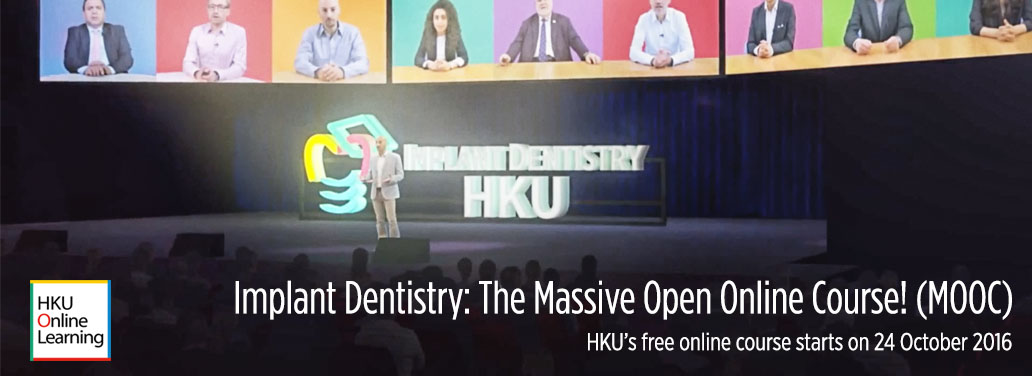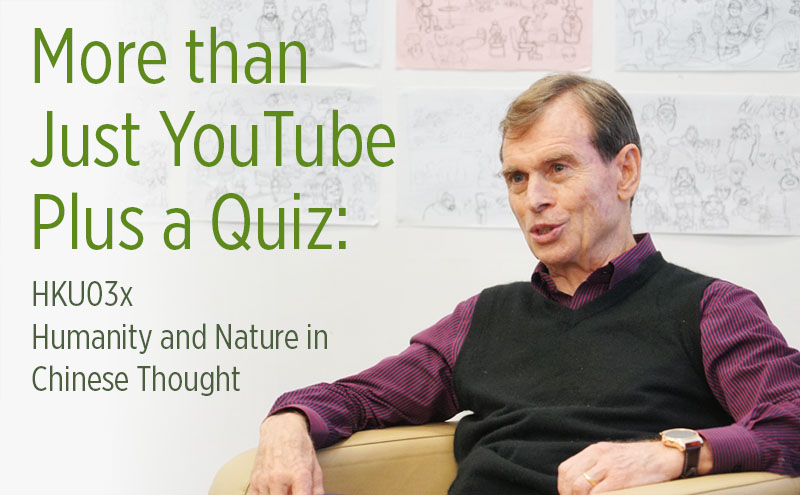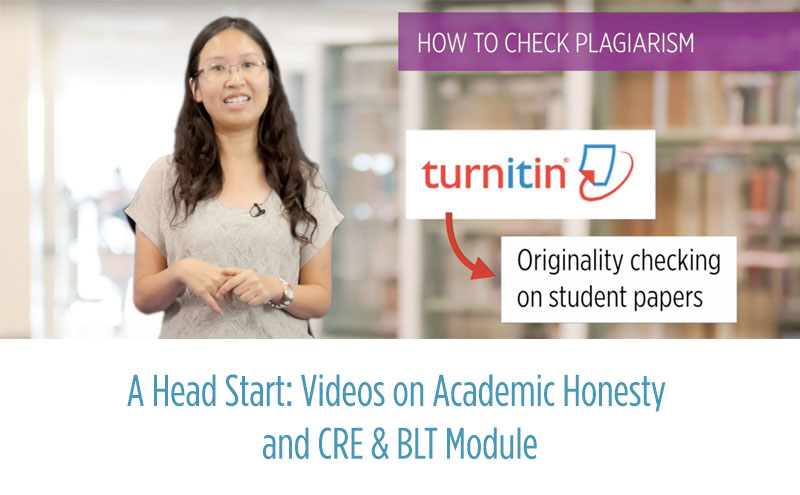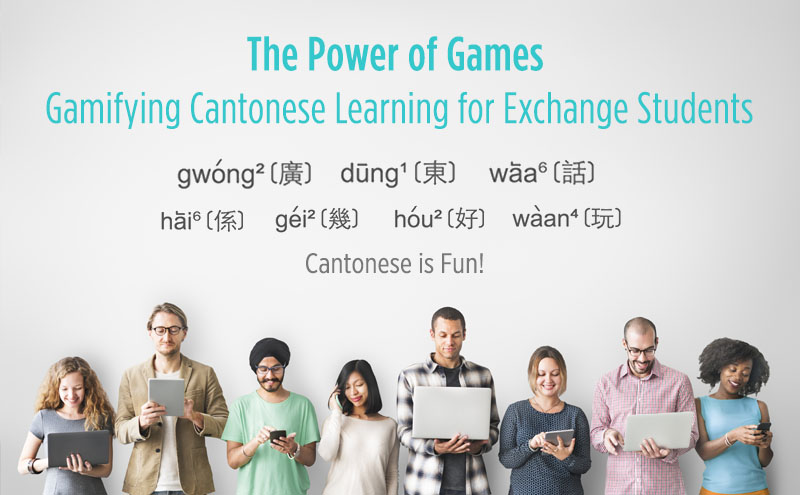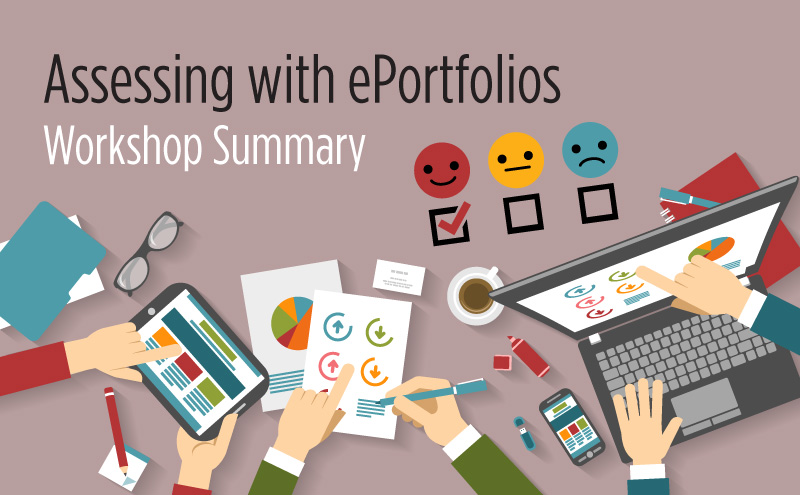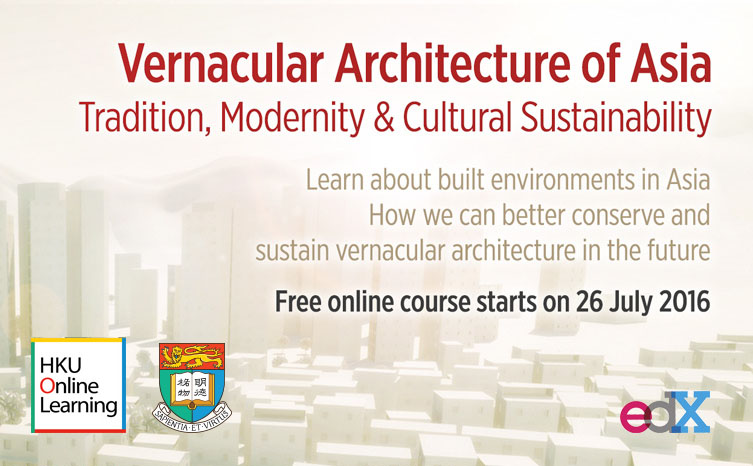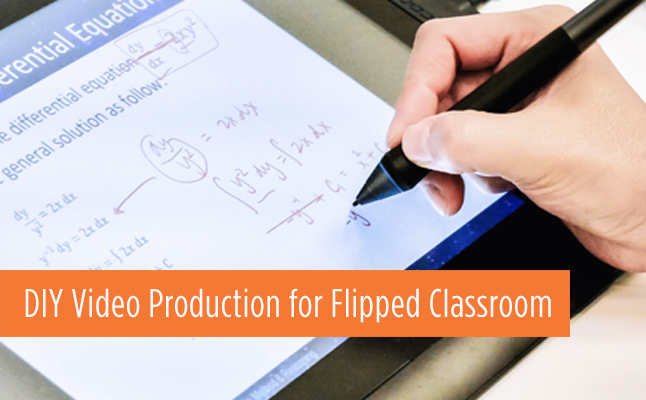Click here if you cannot access Youtube

Implant Dentistry is one of the most dynamic and rapidly developing areas within oral health care. In spite of increasing popularity of implantology, it is a relatively new discipline within dental education and remains limited to post-graduate courses offered by dental schools in many parts of the world today.
With the vision to help dental practitioners gain clinical understanding of implantology and an opportunity to provide implant treatments to their patients, the Faculty of Dentistry of HKU (ranked No. 1 dental school in the World in 2016) developed this MOOC to provide a world-class quality, unbiased, evidence-based and clinically-oriented course in this discipline.
What are the contents covered in the course?
The MOOC includes 5 modules and runs over a period of 5 weeks. We will begin the journey of Implant Dentistry by exploring how discoveries in biology and technological developments lead to the current practice of dental implants. Then, we will examine clinical cases, diagnose our patients’ needs and expectations and learn the principles of treatment planning. We will learn step-by-step surgical procedures for placing implants and various restorative techniques, directed by current evidence and best practices. Finally, we will investigate major threats and complications of implant procedures and ways to ensure successful treatments and long serving implants.
Listen to our students and find out how they like our course!

The Logo
The Logo of Implant Dentistry MOOC features the joining of an implant screw and a scholar hat, signifying the importance of a good education in oral implantology. The four colours of the logo are based on the four colours of blue, green, gold and red of HKU’s coat of arm, following the university’s spirit to manifest virtue and to investigate things.
Sneak Previews

How to become an Implant dentist
|

Minimally Invasive Surgery
|

Micro Surgery Instruments
|

The 3 main pathways
|

Suture Techniques
|

Implant Supported Provisional Restorations
|

